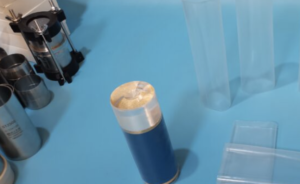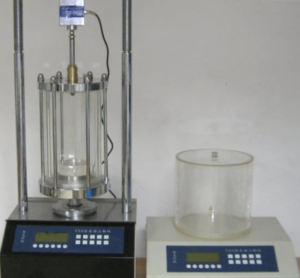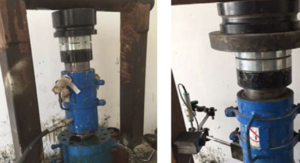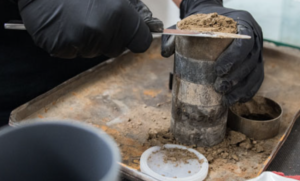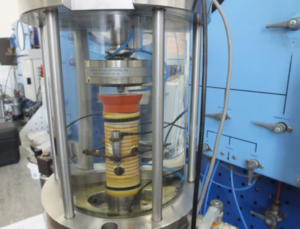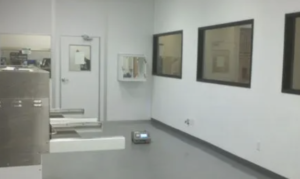How to Store and Handle Butyl Rubber Membranes for Maximum Shelf Life
Butyl rubber membranes are known for their durability, impermeability, and long service life—but only when they’re stored and handled correctly. Improper storage can compromise their performance before they even reach the job site. Here’s how to protect your investment and ensure every membrane performs as expected when it matters most.
Control Temperature and Humidity
Butyl rubber performs well in extreme conditions—but during storage, stable indoor conditions are key to preserving its properties.
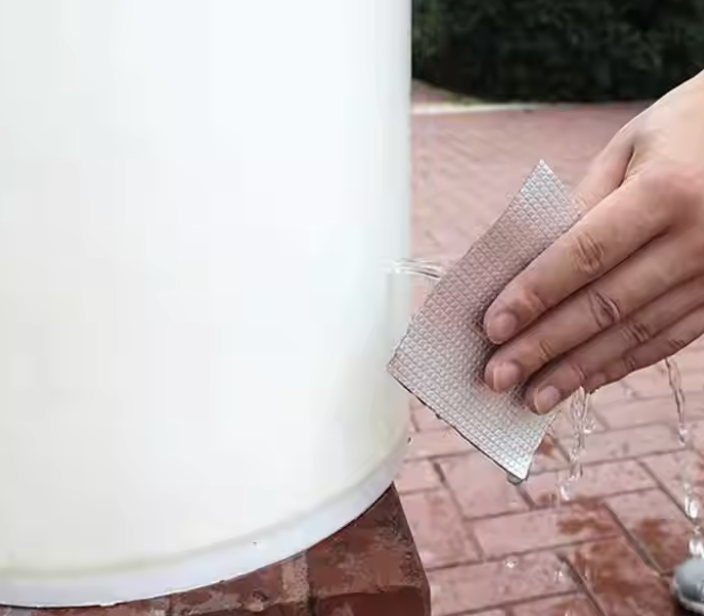
Thực tiễn tốt nhất:
- Ideal temperature range1: 10°C to 25°C (50°F to 77°F)
- Avoid freezing: Low temperatures can make the membrane brittle
- Prevent overheating: Prolonged exposure above 35°C can soften adhesives or distort rolled sheets
- Relative humidity2: Should remain below 60% to avoid condensation or adhesive degradation
| Storage Parameter | Recommended Range |
|---|---|
| Temperature | 10°C to 25°C |
| Humidity | < 60% |
| Fluctuation tolerance | ±5°C |
Keeping a climate-controlled storage area3 helps preserve flexibility and adhesion for up to 12–24 months, depending on the product type.
Shield from UV and Ozone Exposure
Sunlight and ozone are natural enemies of synthetic rubber. Long-term exposure can cause surface oxidation, chalking, or hardening.
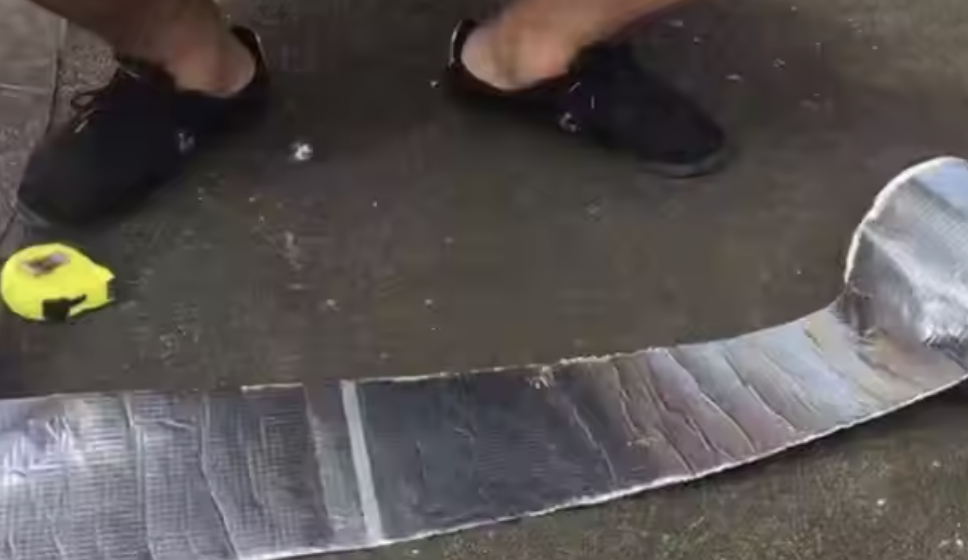
Storage Rules:
- Store indoors, away from windows or skylights
- Use opaque packaging4 or wrap rolls in UV-resistant film
- Keep away from ozone-producing equipment5, such as electric motors or welding areas
| Nguồn | Effect on Butyl Membrane |
|---|---|
| Direct sunlight | Surface drying, loss of elasticity |
| Ozone-rich environment | Cracking or premature aging |
| UV lamp proximity | Discoloration and chalking |
Even though butyl rubber is more ozone-resistant than many materials, pre-installation exposure should always be minimized6.
Avoid Compression and Deformation
Butyl membranes can deform under constant pressure or poor stacking. These deformations may cause wrinkling, adhesive bleeding, or difficulty during application.
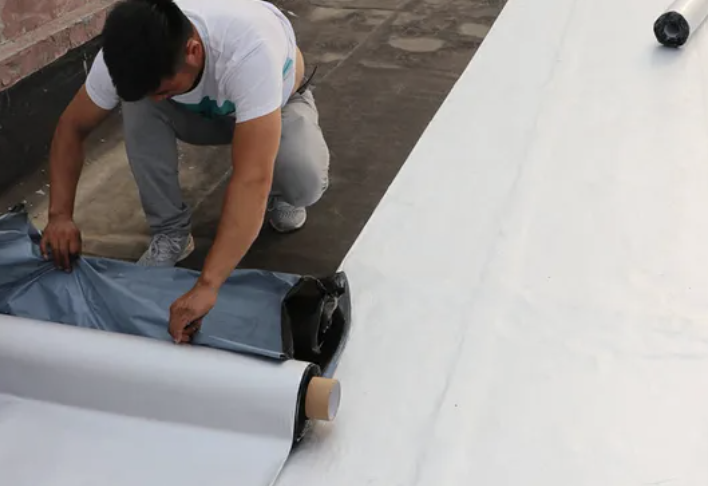
Storage Techniques:
- Store rolls upright to prevent flat spots
- Avoid stacking heavy items on top of membrane boxes
- Don’t compress with straps or ties for long periods
- Allow coiled sheets7 to relax to room temp before unrolling
| Do | Don’t |
|---|---|
| Use pallets with even support | Store near heating vents or windows |
| Rotate stock regularly (FIFO) | Compress rolls for transport duration |
| Allow 12–24 hrs of unroll time | Peel cold membranes for immediate use |
Proper storage helps maintain uniform thickness and stretch behavior8, especially in lab environments where precision is essential.
Practice Safe Handling During Use
Once you're ready to use the membrane, careful handling protects performance during installation.
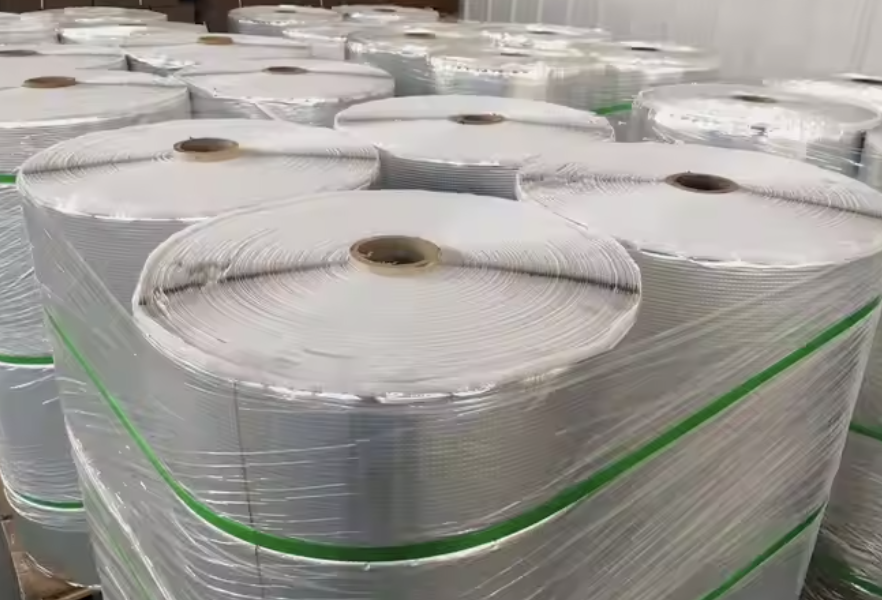
On-Site Tips:
- Wear gloves to avoid oil contamination from hands
- Cut with clean, sharp tools to avoid fraying or tearing
- Don’t stretch aggressively—apply moderate pressure only
- Apply only on clean, dry, and dust-free surfaces
- If self-adhesive: Press firmly to activate full bonding
| Handling Tip | Tại sao nó lại quan trọng |
|---|---|
| Avoid folding or creasing | Prevents weak spots in the membrane |
| Keep backing paper clean | Maintains adhesive performance |
| Install at moderate temperature | Ensures flexibility during placement |
Whether in field construction or lab testing, good prep ensures a tight seal, clean results, and extended performance.
Phần kết luận
Storing and handling butyl rubber membranes properly is just as important as choosing the right product. With controlled temperature, protection from UV and compression, and safe installation practices, you can expect peak performance and shelf life that delivers true long-term value.
-
Understanding the ideal temperature range is crucial for maintaining the integrity of sensitive materials during storage. ↩
-
This link will provide insights into the importance of humidity control in preserving materials and preventing degradation. ↩
-
Exploring this resource will help you understand how climate control can enhance product longevity and performance. ↩
-
Understanding opaque packaging can help you protect materials from UV damage effectively. ↩
-
Learning about ozone-producing equipment can help you avoid damaging your butyl membrane during storage. ↩
-
Exploring this topic can provide insights into best practices for preserving material integrity before installation. ↩
-
Proper storage techniques for coiled sheets can significantly enhance their longevity and performance. Discover best practices here. ↩
-
Understanding uniform thickness and stretch behavior is crucial for maintaining material quality, especially in lab settings. Explore this link for detailed insights. ↩


